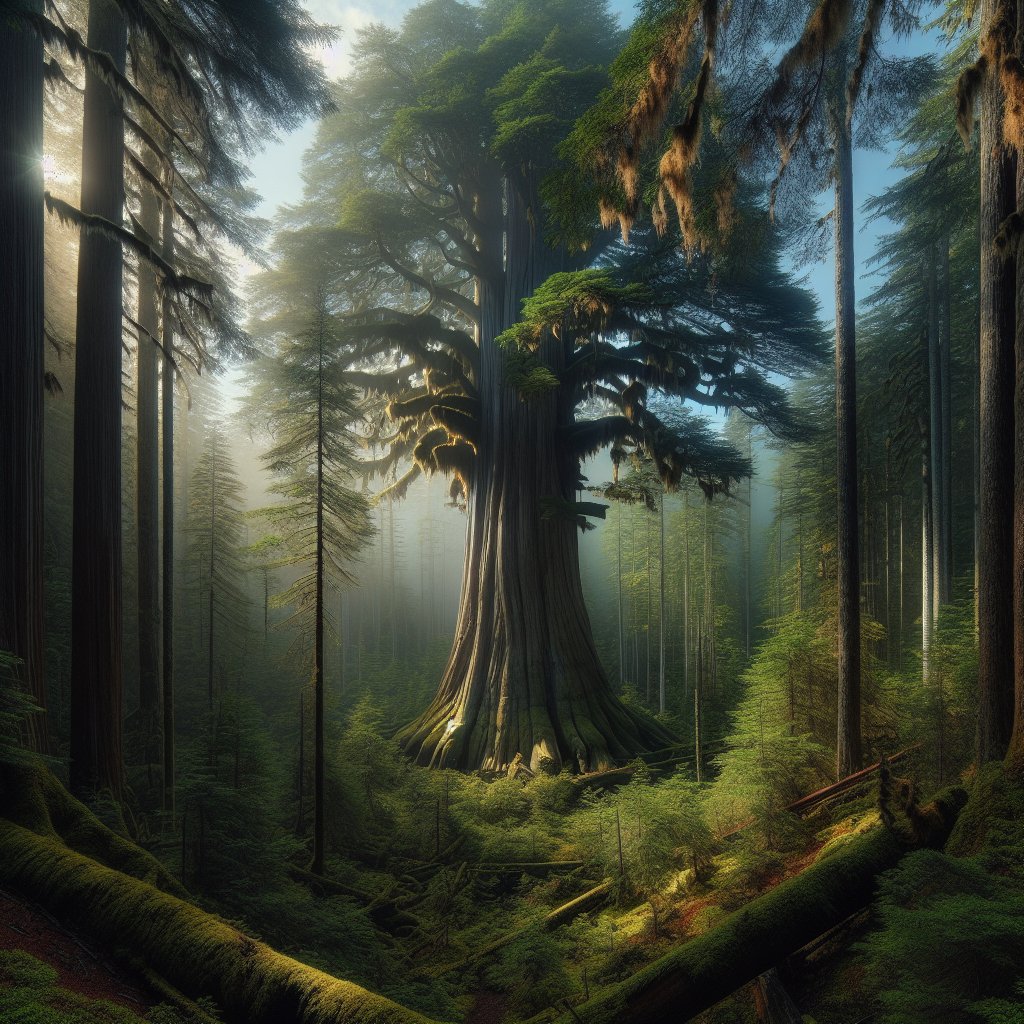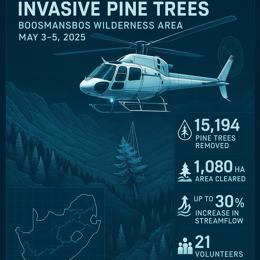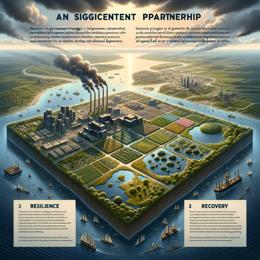Content created by AI
Hidden Giant: The Discovery of an Unnamed Old-Growth Cedar in British Columbia
In a remarkable discovery that underscores the hidden treasures of our natural world, TJ Watt, a keen-eyed nature photographer, and co-founder of the Ancient Forest Alliance, stumbled upon what can be described as a vegetative colossus off the secluded coastline of Vancouver Island in British Columbia. This ancient cedar, which he aptly named "The Wall," is not just another tree in the forest but a silent sentinel that has presided over the landscape for more than a millennium.
The astonishing discovery of The Wall, detailed in The Washington Post, marks a significant moment for conservationists and nature enthusiasts alike. Watt, no stranger to the wonders of the wild, documented this natural marvel in meticulous detail, yet waited more than a year to publicly disclose his find. More than merely a photographer, Watt is a dedicated steward of these ancient ecosystems. He understood the delicate balance involved in celebrating such a find without jeopardizing its survival.
During his period of careful consideration, Watt engaged with the Ahousaht First Nation. This indigenous group has a connection to these lands that spans millennia, and their insights into the importance and sanctity of The Wall added a valuable dimension to the conversation regarding its preservation.
The geographic coyness is a necessary safeguard. The Wall's measurements alone are staggering – standing at 151 feet tall with a breadth of 17 and a half feet in diameter – dimensions that evoke a sense of awe and an immediacy of the universal need for conservation. Unlike the Cheewhat Giant, Canada’s largest documented red cedar that enjoys the shield of the Pacific Rim National Park Reserve, The Wall's safety depends on its anonymity.
These ancient cedars and their old-growth kin are more than just biological entities; they are cornerstones of entire ecosystems. They serve not only as repositories of biodiversity but as carbon sinks, water regulators, and cultural touchstones. With Vancouver Island's distressing statistic of having 80% of its original old-growth forests logged, as reported by the Ancient Forest Alliance, one realizes the gravity of protecting what remains.
The Wall stands as a clarion call, a stark reminder that even in the age of technological advancements, nature can still astound the most seasoned observers. It raises crucial awareness of the pressing issue that old-growth forests face—a relentless siege by human activities, from logging industries to pollution and climate change-induced weather extremities.
For those hoping to glimpse such a giant, the quest remains abstract. Yet, it's precisely this secrecy that might ensure The Wall endures for future generations to marvel at. The takeaway is clear: some treasures are too precious to be trodden upon, their true value lying in their untouched state, free to grow and inspire from afar. TJ Watt's discovery has thus cemented a legacy of respectful reverence for the natural wonders of our world.










